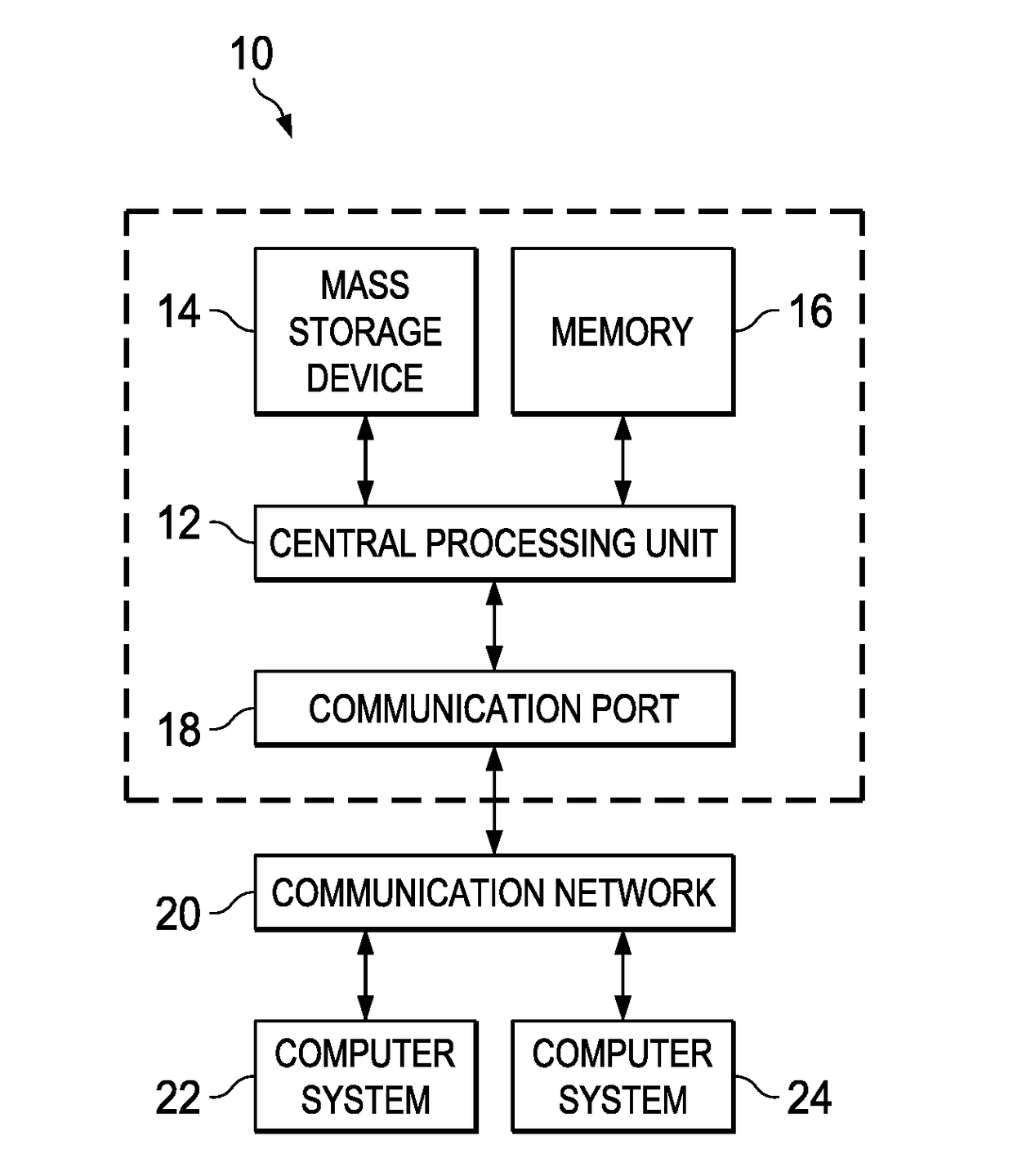Managing software licenses in a disaggregated environment
a software license and disaggregation technology, applied in the field of data processing systems, can solve the problems of limiting flexibility, unable to specify which physical cpus are to be used, and unable to increase the number of physical cpus, so as to facilitate workload processing, increase resource utilization, and facilitate the effect of workload processing
- Summary
- Abstract
- Description
- Claims
- Application Information
AI Technical Summary
Benefits of technology
Problems solved by technology
Method used
Image
Examples
Embodiment Construction
[0029]The techniques of this disclosure preferably are implemented within the context of a “disaggregated” compute system wherein a “disaggregated server”—sometimes referred to herein as a “server entity”—is composed or constitutes server resources selected from (or assigned from) shared server resource pools, namely, one or more of: a compute pool, a memory pool, an accelerator pool (e.g., a GPU accelerator, a network accelerator, etc.), a storage pool, and so forth. As the nomenclature suggests, a “compute” pool typically constitutes physical processors (such as CPUs), a “memory” pool typically constitutes physical memory devices (such as dual-inline-memory modules (DIMM)), etc. A given shared pool preferably includes just the particular resource types, but a particular resource pool may be composed of one or more resource sub-types. The notion of a “pool” is not intended to be limiting, as the common resources may be collected, aggregated or otherwise combined in any suitable man...
PUM
 Login to View More
Login to View More Abstract
Description
Claims
Application Information
 Login to View More
Login to View More - R&D
- Intellectual Property
- Life Sciences
- Materials
- Tech Scout
- Unparalleled Data Quality
- Higher Quality Content
- 60% Fewer Hallucinations
Browse by: Latest US Patents, China's latest patents, Technical Efficacy Thesaurus, Application Domain, Technology Topic, Popular Technical Reports.
© 2025 PatSnap. All rights reserved.Legal|Privacy policy|Modern Slavery Act Transparency Statement|Sitemap|About US| Contact US: help@patsnap.com



